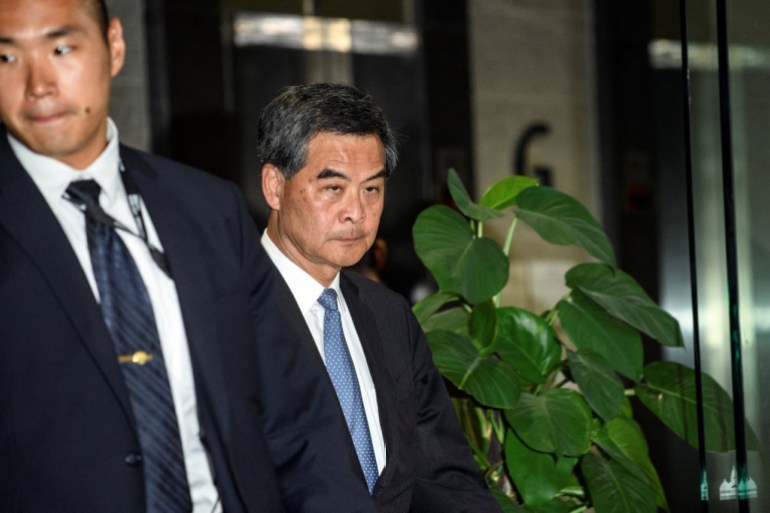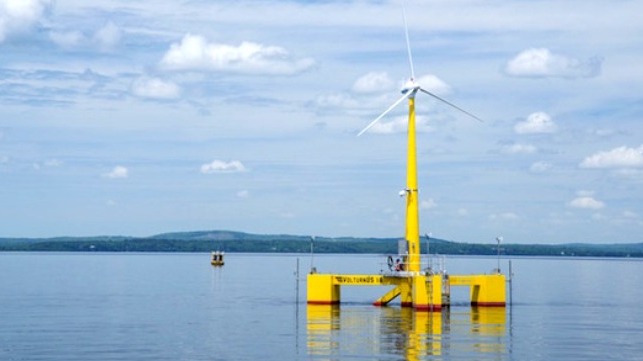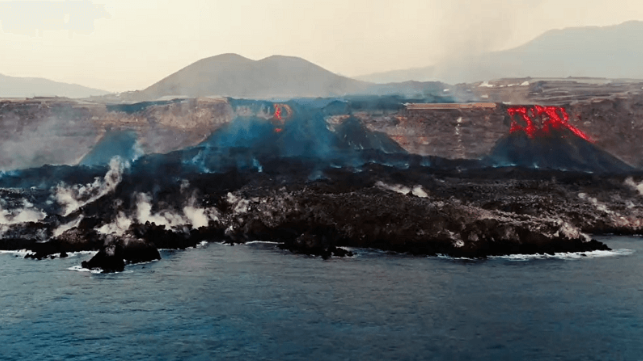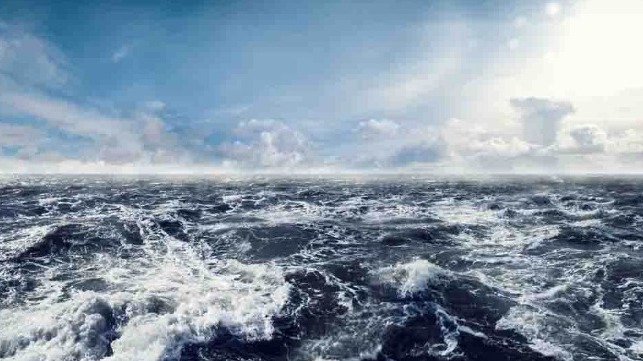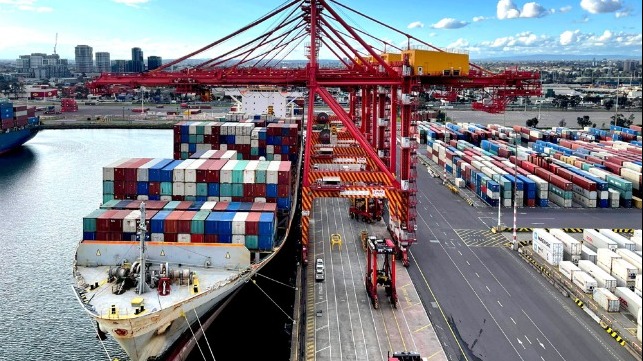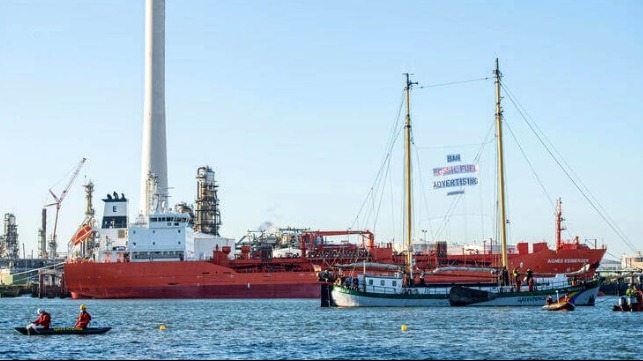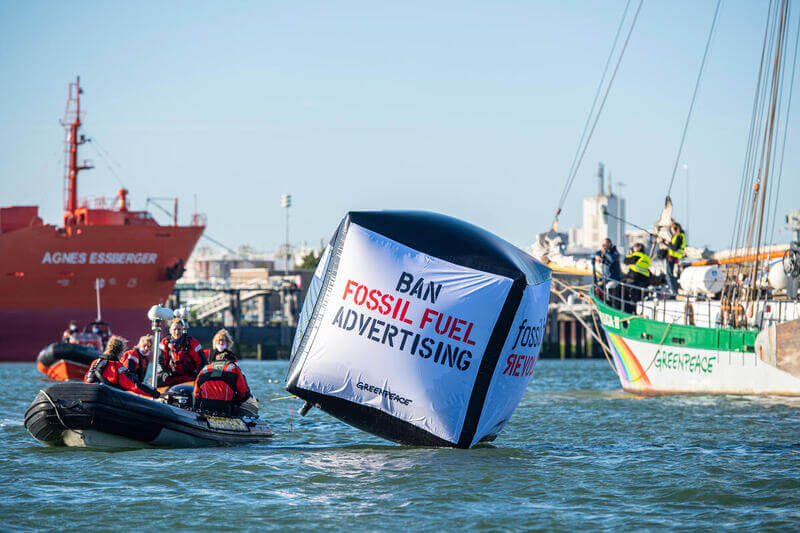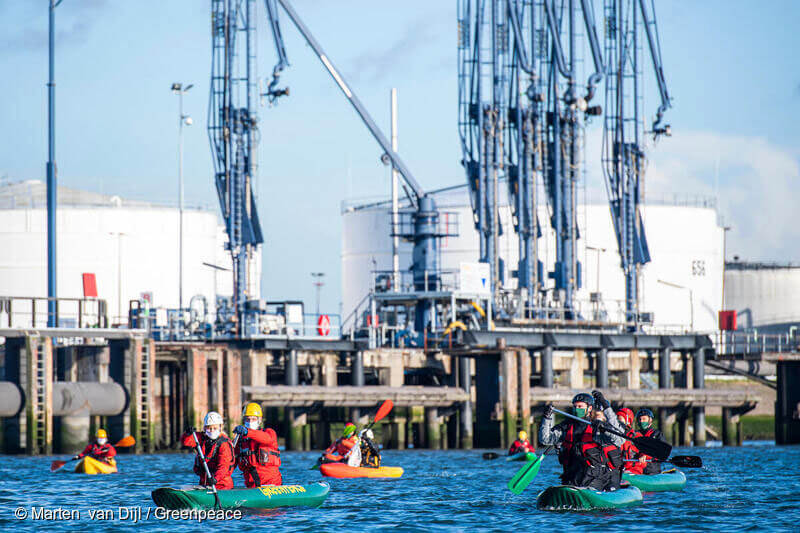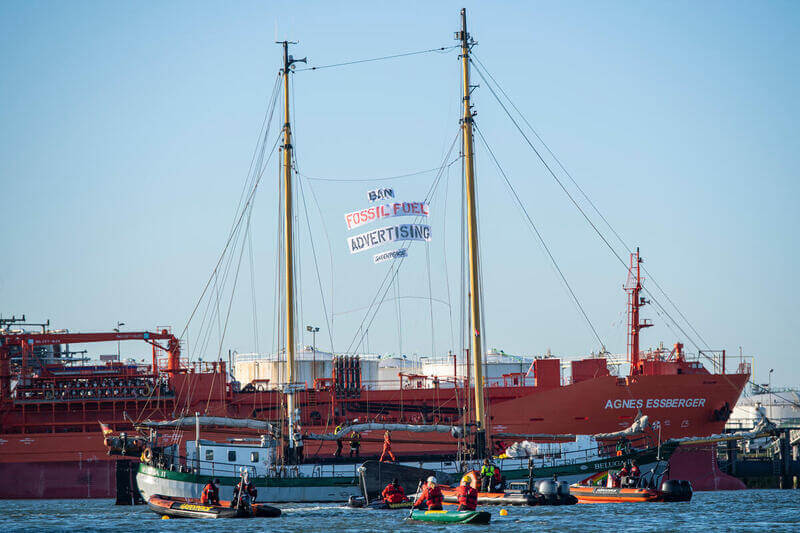
October 5, 2021
PALM BEACH, Florida (The Borowitz Report)—Lambasting Forbes for dropping him from its list of the four hundred richest Americans, Donald J. Trump claimed that the magazine did not take into account what he called “secret rubles.”
“Let’s say someone has been receiving payments of billions of rubles for four years, and they’re buried in a vault under the Kremlin,” Trump said. “Those losers at Forbes wouldn’t begin to know how to count those kinds of rubles.”
Claiming that he has been “treated very unfairly” by the magazine, he said, “This should never be allowed to happen in our country.”
He scoffed at the Amazon founder Jeff Bezos’s status as first on Forbes’s list. “If you count rubles, Trump is a triple Bezos,” he said.

A Forbes report said that Trump has the same amount of wealth as he had a year ago, but he is down USD 600 million since the start of the COVID-19 pandemic.
By ANI| Posted by Sakina Fatima | Published: 6th October 2021
Washington: Former US President Donald Trump and real estate mogul dropped off from the Forbes 400 list of America’s richest people for the first time in 25 years, the magazine reported.
A Forbes report said that Trump has the same amount of wealth as he had a year ago, but he is down USD 600 million since the start of the COVID-19 pandemic.
Trump’s wealth is worth around USD 2.5 billion, leaving him USD 400 million short of the cutoff to make this year’s Forbes list.
The report said that Trump had the golden opportunity during the time of the US presidential polls.
“Fresh off the 2016 election, federal ethics officials were pushing Trump to divest his real estate assets. That would have allowed him to reinvest the proceeds into broad-based index funds and assume office free of conflicts of interest,” Forbes report said.
However, the former US president had decided to hang onto his assets.
“At the time, they were worth an estimated $3.5 billion, after subtracting debt.” The magazine stated that Trump is to blame for this drop in standings.”If Trump is looking for someone to blame, he can start with himself.”
A few days before entering the White House, Trump had noted that he “could actually run my business and run government at the same time.”
“I don’t like the way that looks, but I would be able to do that if I wanted to. I would be the only one that would be able to do that,” Trump had said, as quoted by Forbes.




